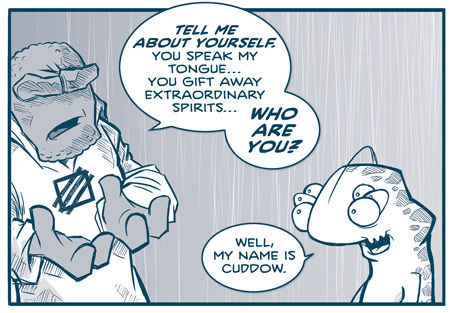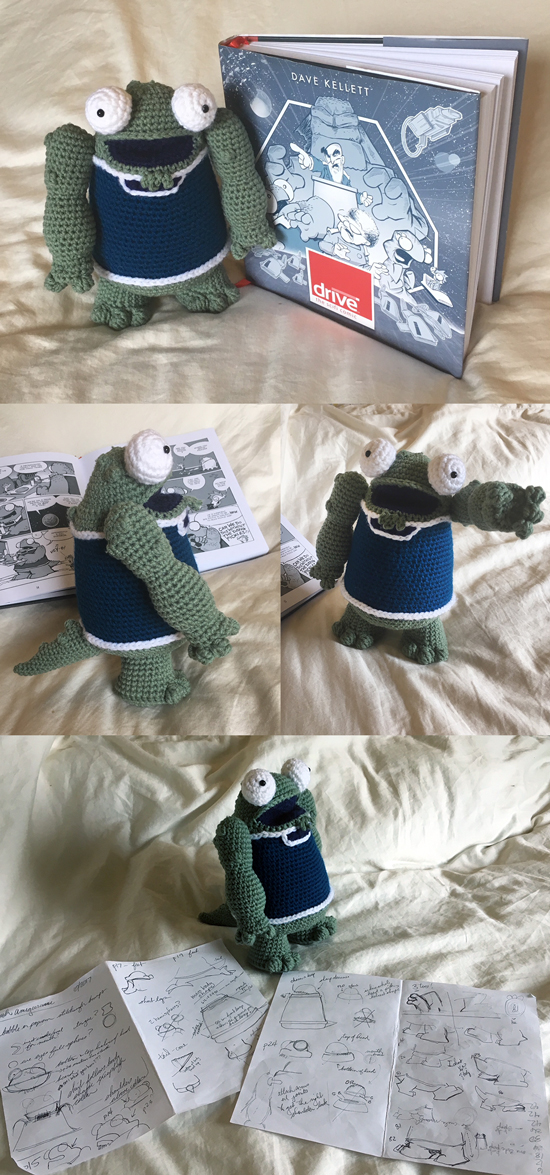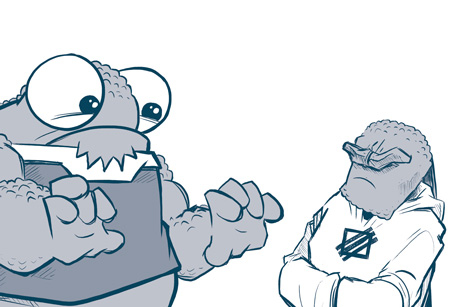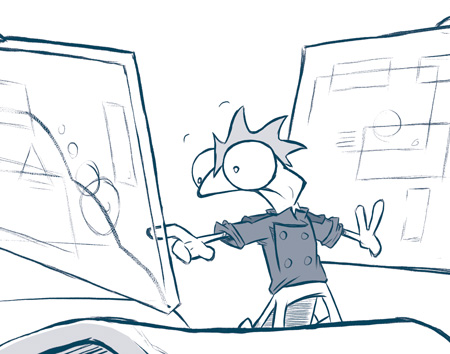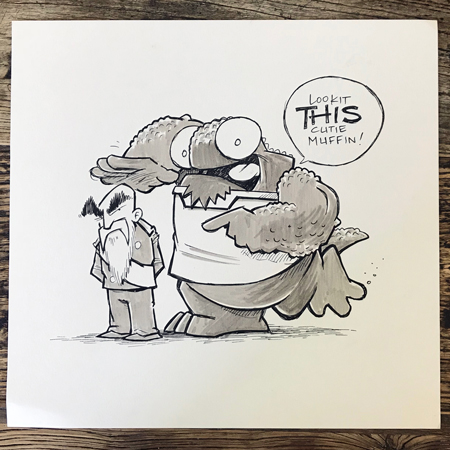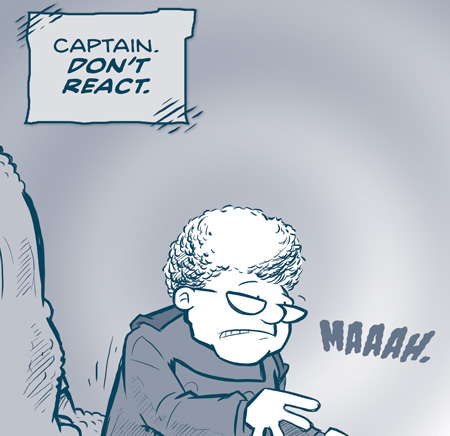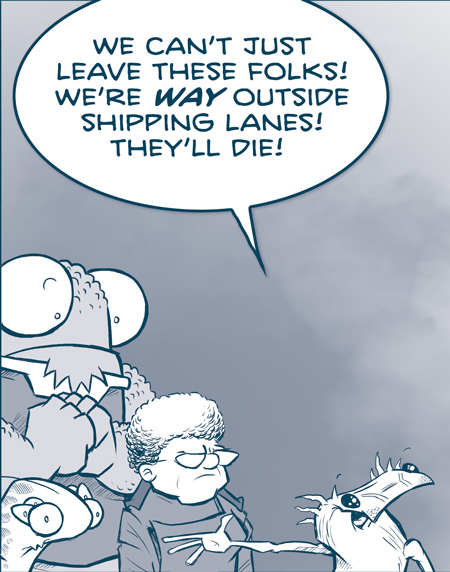Dave Kellett and Brad Guigar are thrilled to welcome Erika Moen, creator ofOhJoySexToy. They talk about her currently running Kickstarter to launch a collection of sex-education cartoons. She has a decidedly different approach to the “soft launch” for Patreon backers discussed on an earlier ComicLab podcast — and her strategy is worth strong consideration.
Then, the gang tackles some great topics like the uncomfortable relationship we artists have with photo reference. Why is there a stigma around using it? And what’s the best way to use it? Then Brad and Dave marvel over Erika’s participation in Helioscope studios. She assures the two crusty hermits that working in an office full of other cartoonists can actually be a positive experience.
Finally, they grapple with the complexities of character design, and discuss the importance of diversity and inclusiveness in building a comic.
BUT FIRST… Dave and Brad catch the Bonjoro bug. It’s either an incredibly powerful tool for cultivating Patreon backers or it’s a good way to send poorly lit videos of your not-ready-for-primetime mug to a recoiling patron. Or both. Is it a good choice if you have a face like Brad’s? Is it an effective tool to build longterm patronage? Could it possibly be worth $25 a month??
Show notes
- 0:00 — Using Bonjoro to cultivate Patreon backers
- 11:55 — Erika has a decidedly different approach to a Kickstarter launch than the one promoted in an earlier ComicLab show
- 20:47 — Using photo reference wisely
- 32:01 — Working in a studio
- 43:16 — Savvy approaches to character design
- 54:19 — Diversity and inclusion. It’s tricky, it’s complicated, it can lead to misunderstandings… and it’s really, really important.
